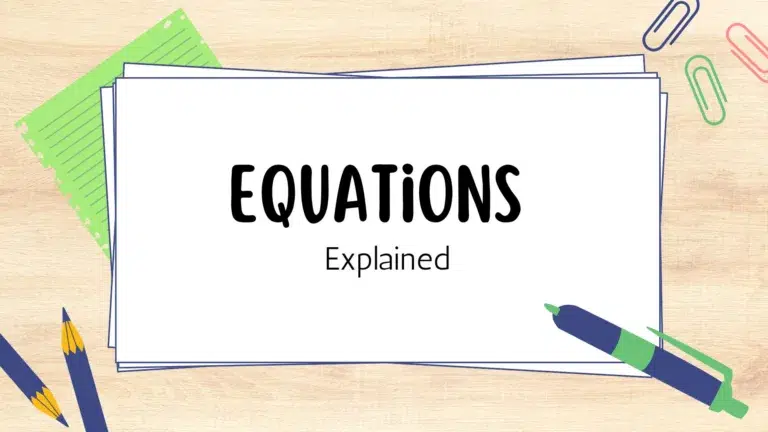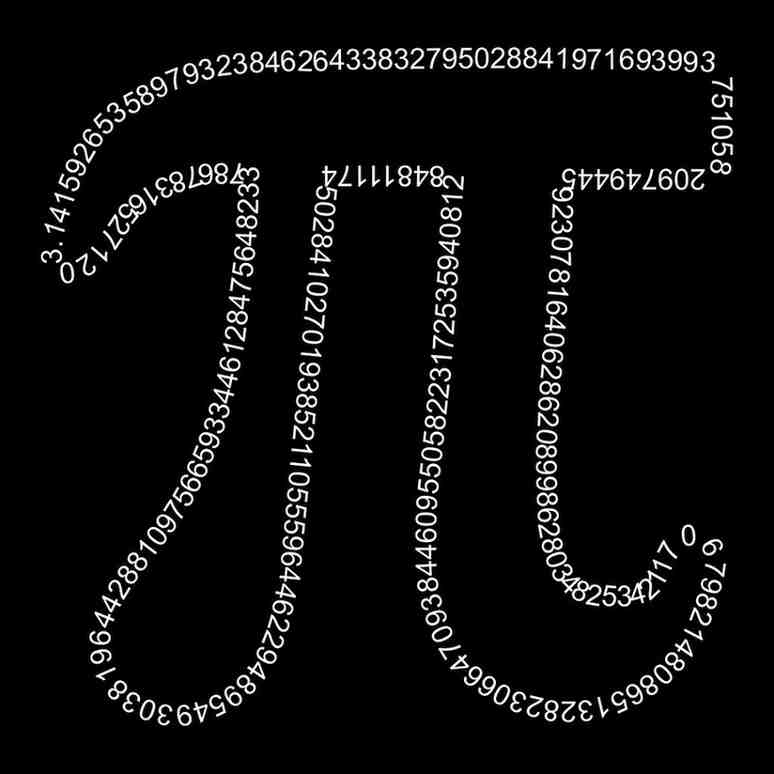Equations are the cornerstone of mathematics, serving as the bridge between abstract concepts and practical applications. They help us model real-world phenomena, from predicting the trajectory of a moving object to understanding the flow of electricity. But for many, equations can feel daunting. In this blog, we’ll break down equations from their simplest forms to more complex ones, illustrating how they work with clear examples along the way.
1. What is an Equation?
An equation is a mathematical statement that asserts the equality of two expressions. It consists of two sides connected by an equals sign (=), indicating that both sides are equal in value. For example:
This equation tells us that when we add 3 to x, the result is 7. Our goal in solving equations is to find the value of the unknown variable (in this case, x) that makes the equation true.
2. Simple Equations
Simple equations involve basic operations such as addition, subtraction, multiplication, or division, and typically have one unknown variable.
Example: Solving a Simple Equation
Let’s solve the equation:
Here, we want to find the value of x. To do this, we need to isolate x on one side of the equation. We can do this by subtracting 5 from both sides:
Checking the Solution:
To ensure our solution is correct, we can substitute x = 7 back into the original equation:
Since the left-hand side equals the right-hand side, our solution is correct.
3. Linear Equations
Linear equations involve variables that are raised to the power of one. These equations typically take the form
where a, b, and c are constants, and x is the variable we’re solving for.
Example: Solving a Linear Equation
Consider the equation:
To solve for x, first, add 4 to both sides:
Next, divide both sides by 3 to isolate x:
Thus, the solution is x = 5.
Checking the Solution:
Substituting x = 5 back into the original equation:
Since both sides are equal, the solution is correct.
4. Quadratic Equations
Quadratic equations involve variables raised to the power of two. They typically take the form:
where a, b, and c are constants. Quadratic equations can have two solutions, one solution, or no real solutions, depending on the values of a, b, and c.
Let’s solve the equation:
To solve this quadratic equation, we can factor it. We need to find two numbers that multiply to give 6 and add to give -5. The numbers -2 and -3 fit this requirement, so we can rewrite the equation as:
Next, set each factor equal to 0 and solve for x:
Thus, the solutions are x = 2 and x = 3.
Checking the Solutions:
Substitute x = 2 and x = 3 back into the original equation:
For x = 2:
For x = 3:
Both solutions are correct.
5. Simultaneous Equations
Simultaneous equations involve solving two or more equations at the same time. These equations usually have two or more unknowns, and the goal is to find values for the variables that satisfy all the equations.
Example: Solving Simultaneous Equations
Consider the system of equations:
We can solve this system using the substitution or elimination method. Let’s use substitution.
First, solve equation (2) for x:
Now substitute this expression for x into equation (1):
Subtract 2 from both sides:
Now divide by 3:
Substitute this value of y back into equation (3) to find x:
Thus, the solution is x = 11/3 and y= 8/3
Checking the Solutions:
Substitute x = 11/3 and y= 8/3 back into the original equations to verify:
For equation (1):
10=10
For equation (2):
1=1
Both equations are satisfied, so the solution is correct.
6. Exponential Equations
Exponential equations involve variables in the exponent. They can be written in the form:
Example: Solving an Exponential Equation
Consider the equation:
To solve for x, rewrite 16 as a power of 2:
Since the bases are the same, we can set the exponents equal:
Thus, the solution is x = 4.
7. Conclusion
Equations come in many forms, from simple linear equations to more complex quadratic and exponential equations. As we’ve seen, each type of equation requires a different approach to solving it, but the goal is always the same: to find the value of the unknown variable that makes the equation true. By understanding the principles behind equations and practicing with examples, you’ll gain the confidence to tackle any equation that comes your way.
Equations are not just abstract mathematical constructs; they are powerful tools that allow us to describe and solve real-world problems. Whether you’re calculating the cost of groceries, predicting the weather, or designing a bridge, equations are at the heart of the process. Keep practicing, and soon you’ll find that solving equations becomes second nature!




